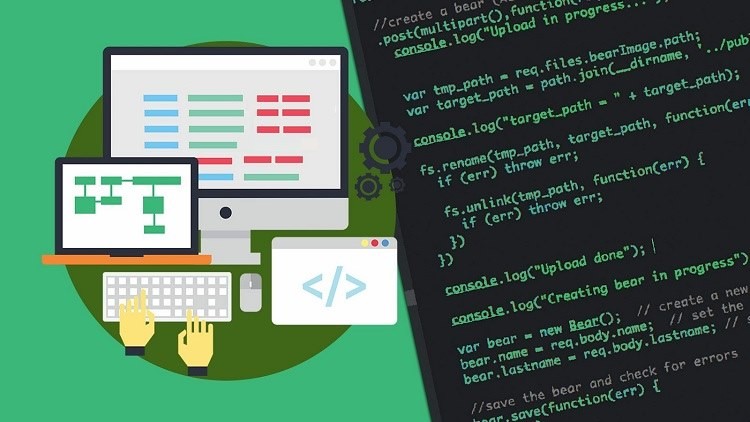
Start as a complete beginner and go all the way to learn and understand Node.js from scratch.
What you will learn
Basics Of Node
Installing Node
Global Object & V8 Engine
Event Emitter
Modules
Module Pattern
Reading & Writing File
Creating & Removing Directives
Basics Routing
Query Strings
Description
Node.js is open-source: This means that the source code for Node.js is publicly available. And it’s maintained by contributors from all over the world. The Node.js contribution guide shows you how to contribute.
Node.js is cross-platform: Node.js is not dependent on any operating system software. It can work on Linux, macOS, or Windows.
Node.js is a JavaScript runtime environment: When you write JavaScript code in your text editor, that code cannot perform any task unless you execute (or run) it. And to run your code, you need a runtime environment.
Browsers like Chrome and Firefox have runtime environments. That is why they can run JavaScript code. Before Node.js was created, JavaScript could only run in a browser. And it was used to build only front-end applications.
Node.js provides a runtime environment outside of the browser. It’s also built on the Chrome V8 JavaScript engine. This makes it possible to build back-end applications using the same JavaScript programming language you may be familiar with.
NodeJs is a powerful JavaScript engine that can be used for a variety of tasks. In this course, we’ll learn the basics of working with NodeJS. We’ll work with the core libraries, but also learn about using npm: the Node Package Manager to load and work with any third party package that has been developed for NodeJS. We’ll also look at three ways to write and run a simple web server using node.
The course is an hour long, and consists of two units. Topics include:
– installation
– testing and verifying the installation
– introduction to the npm
– using the REPL utility
– file input and output
The course assumes that you are comfortable writing and understanding object oriented JavaScript.
I hope you’ll join us for this exciting introduction to NodeJS.
Content